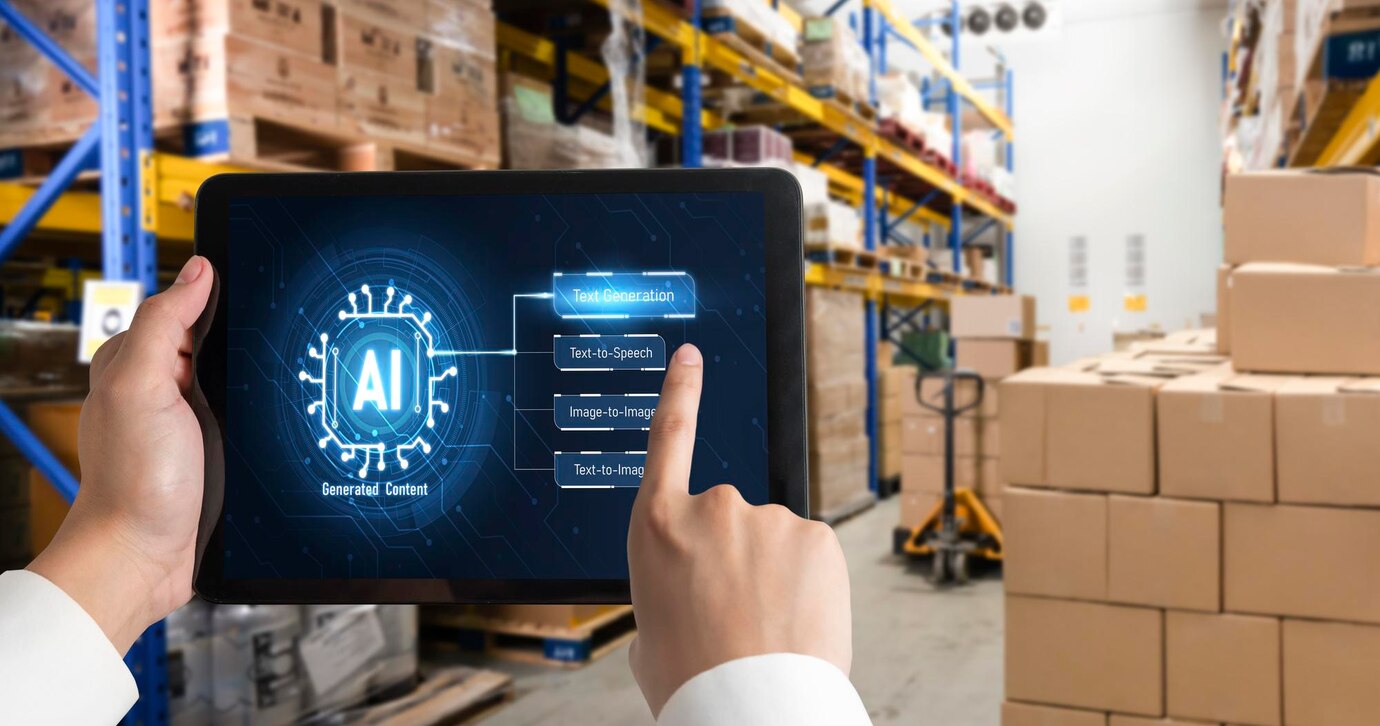AI in Freight Forwarding: 9 Effective Ways to Improve Operations


Let’s be real: freight forwarding is already complex enough without another “transformational technology” being thrown in your face.
But AI? Okay—this one’s worth a look. Not the fluffy, sci-fi, robot-will-take-your-job kind. The practical, use-it-now-to-make-your-day-less-of-a-mess kind.
So here’s how AI is actually helping forwarders right now. In ways that matter. In ways that work.
1. Predicting delays before they mess up your week
No one enjoys the “Where’s my container?” call. AI can analyze shipping data, port congestion, weather, vessel speed, and even political events (yes, seriously) to give you a heads-up before a delay becomes a problem. Think of it as early warning. Like Waze, but for containers.
2. Helping you price quotes without guesswork (or Excel pain)
You know how rate calculations sometimes feel like witchcraft? AI tools can scan historical rates, current trends, fuel costs, and capacity forecasts to help generate more accurate, competitive quotes. Faster. Still need a human eye? Sure. But it takes you from “Hmm, maybe this will work?” to “Yeah, this makes sense.”
3. Cleaning up your messy, messy data
Let’s face it, data in freight is... not clean. Missing fields, wrong codes, duplicated entries—AI’s actually great at sorting that out. It learns from past corrections and helps prevent the same mistake 700 times.
Perfect? No. Better than manually fixing 3,000 typos? 100%.
4. Automating the boring stuff (finally)
You didn’t get into this industry to copy-paste tracking numbers for four hours. AI can take care of routine tasks like:
- Document classification
- Status updates
- Email sorting
- Even replying to basic shipment queries
Not glamorous, but freeing up actual human time? Huge.
5. Spotting errors before customs does
Let’s say a doc has an HS code that doesn’t match the product description. Normally, this slips through—until customs flags it and boom, delay. AI can flag inconsistencies and compliance risks before they go out the door. Like a digital proofreader with a thing for trade regulations.
6. Making customer service less... reactive
AI-powered chat tools (the good ones, not the ones that sound like bots from 2005) can handle basic queries, track orders, send real-time updates, and escalate when needed. Your team deals with the real problems. The AI handles “Where’s my stuff?” for the fifth time today.
7. Forecasting demand (and weird seasonal spikes)
Ever get blindsided by an unexpected holiday rush or supplier bottleneck? AI tools can analyze past seasons, market shifts, and supplier patterns to forecast demand—down to SKUs or routes.
You won’t get a crystal ball, but you’ll definitely avoid a few facepalms.
8. Smarter routing and carrier selection
No more relying purely on gut feeling (or that one carrier your team always goes with “just in case”). AI can weigh performance, cost, transit times, reliability, and even environmental factors to recommend the best option. Not just the cheapest. The smartest.
9. Showing you what you didn’t even know was wrong
This one’s sneaky. AI is good at pattern recognition—which means it can sometimes catch issues that humans miss completely. Like an inefficient lane that costs you 15% more than it should. Or a supplier consistently underdelivering by just enough to stay off the radar. We didn’t expect this either. But it works.
AI isn’t about replacing your team. It’s about getting your time back—from the grind, the noise, and the admin quicksand that slows everything down. Start small. Pick one area that’s driving you (or your ops team) up the wall. Then look for an AI tool that tackles that. Not perfect. Not magic. But honestly? A game-changer.

